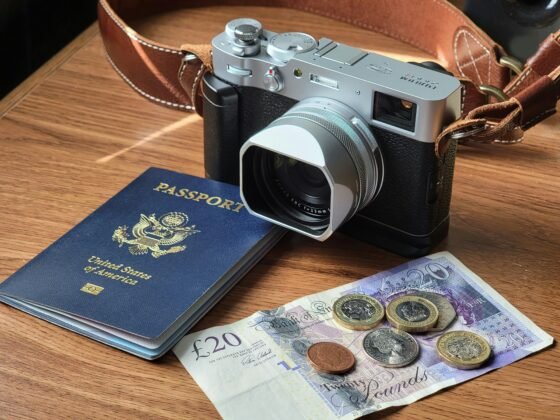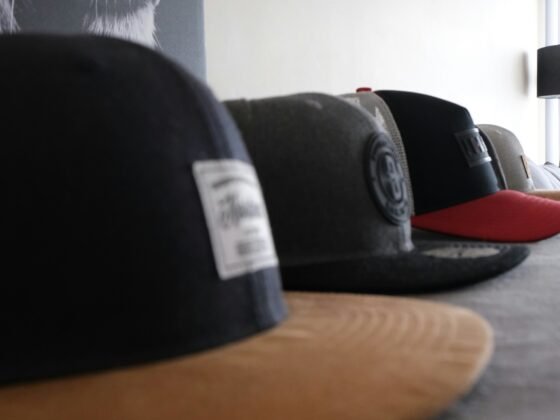Unlike most countries around the world, Cuba has a somewhat complex dual currency system that is not easy or straightforward to understand at first. This may confuse travellers when exchanging currency as they wonder which currency to buy and whether they should bother to obtain both Cuban currencies or simply stick to the most widely used one. Therefore, it becomes essential, especially for first time travellers, to get the down-low on money exchange in Cuba and understand how to handle the two different currencies to make the most of the experience and avoid uncertainty when shopping around, eating out, hailing a taxi or attending a concert.
Navigating the dual currency confusion – CUCs or CUPs?
Cuba’s two currencies are the National Cuban Peso (often shortened as CUP or MON) and the Cuban Convertible Peso (most commonly abbreviated as CUC) with the latter being the one in which most things are priced for tourists. While Cuban Pesos (a.k.a. “moneda nacional” in Spanish) is the official national currency and the one in which Cubans are paid their salaries, there’s only a handful of things that you as a tourist will be able to buy in that currency and in most cases at most places, after seeing that you’re a foreigner, they will demand payment in CUCs.
Attractions like museums, concert venues and theatres will often display signs stating entry costs in CUCs for tourists and in CUP or MON for Cubans. In places like these you won´t get away with trying to pay in the cheaper CUP currency as these prices are only available to Cubans given that they are paid in the lower value currency.
One CUC gives you around 25 CUPs so it’s easy to see which is the stronger currency out of the two, by. Even when as a tourist you’ll be required to pay for most things in CUCs if you want to get some CUPs there’s nothing stopping you, although you’ll be very limited on what to buy. What things can you pay for in CUPs? Well, mostly edible goods like fruits and vegetables at street markets, fast food at street stalls (or sold from the windows of private locals’ homes) and the famous peanut or popcorn cones from street vendors. You can also pay in Cuban pesos for things like public transport, but it’s not something we recommend unless you don’t mind waiting for hours and getting into cramped buses. For pretty much everything else it’s strictly CUCs, even for Cubans themselves. Food at supermarkets, state-owned and privately-owned restaurants, bars and cafes is priced in CUC as are souvenirs sold in state shops or from local vendors’ stalls. Taxis will also charge you in CUC but it’s best to haggle the price and agree with the driver before hopping on. This applies for state-owned taxis as well as privately-owned classic cars.
When it comes to accommodation, both “casas particulares” (the equivalent to Cuban B&Bs or homestays) and government-run hotels will charge in CUC and for every tourist activity, tour and excursion you’ll also be required to pay in CUC. So, our advice would be to get plenty of CUCs in cash, with as many small denominations as possible and only buy a few Cuban pesos if you want to keep as a memento or you want to feel like a local shopping for fresh fruits in an open-air market. Don’t forget that even for things priced in CUC, locals will be more than happy to accept the equivalent in CUC and some Cubans seeing you’re a foreigner might even demand it!
Conversion rates: what currency to bring to Cuba? Where to exchange it?
Cuban currency is impossible to obtain anywhere outside Cuba, it doesn’t trade on the international market, so you can’t buy it ahead of your travel. Instead you should bring most of the amount you plan to spend in cash and exchange it on arrival at the airport, at one of the CADECA money exchange kiosks or use one of the few cash machines available, though you won’t see them everywhere. The hotels usually charge you commission on top so they’re one of the worst places to exchange currency but they also prove the most convenient if you don’t fancy a trip to the bank and there isn’t a CADECA nearby.
Some of the foreign currencies accepted by the Central Bank of Cuba include: Canadian Dollars, Mexican Pesos, Euro EUR, Japanese Yen, US Dollars, Swiss Francs, Pound Sterling, Danish Krone, Swedish Krona and Norwegian Krone. However, remember that not all banks will accept these currencies in Cuba, and therefore to cash or exchange currencies like Krona and Krone, you need to go to the main branches. Wherever you exchange money you will need to show you a valid passport, so remember to have it with you at all times.
The equivalence of CUC to Pounds Sterling oscillates around 1.45 CUC for £1 with this being the best currency to bring to Cuba as it gives you significantly more for your money, while the equivalence to Euros is around 1.10 Euros for 1 CUC. When it comes to US dollars they’re best avoided as Cuba imposes a 10% per cent fee on top of the exchange rate for exchanging American currency in the island. As Cuba and the United States have recently re-established diplomatic ties and continue to work on improving relations with bilateral agreements, this additional levy may soon be lifted, but as of today, it still stands and means that for 1 USD you will get roughly 0.90 CUC.
Can I use my debit or credit card in Cuba?
If in doubt whether to take cards or cash, the answer is simple: always cash on hand in Cuba. You can bring a debit or credit card for emergencies (or to use at the few and far between ATM cash machines) as you most likely won’t be able to use them at most establishments. Credit or debit card use in Cuba is limited to hotels, some restaurants and a handful of shops.
Credit cards issued by U.S. banks (i.e. American Express) are not accepted in Cuba yet so don’t bring these. Again you might be able to use them in Cuba in the near future as some U.S. banks have announced they will soon be authorising their cards for payments in Cuba, but the vast majority of U.S. banks are still to jump in the wagon.
As a last piece of avoid when exchanging money in Cuba, avoid bringing travellers cheque, as they often pose an extra hassle and are difficult to exchange too.












